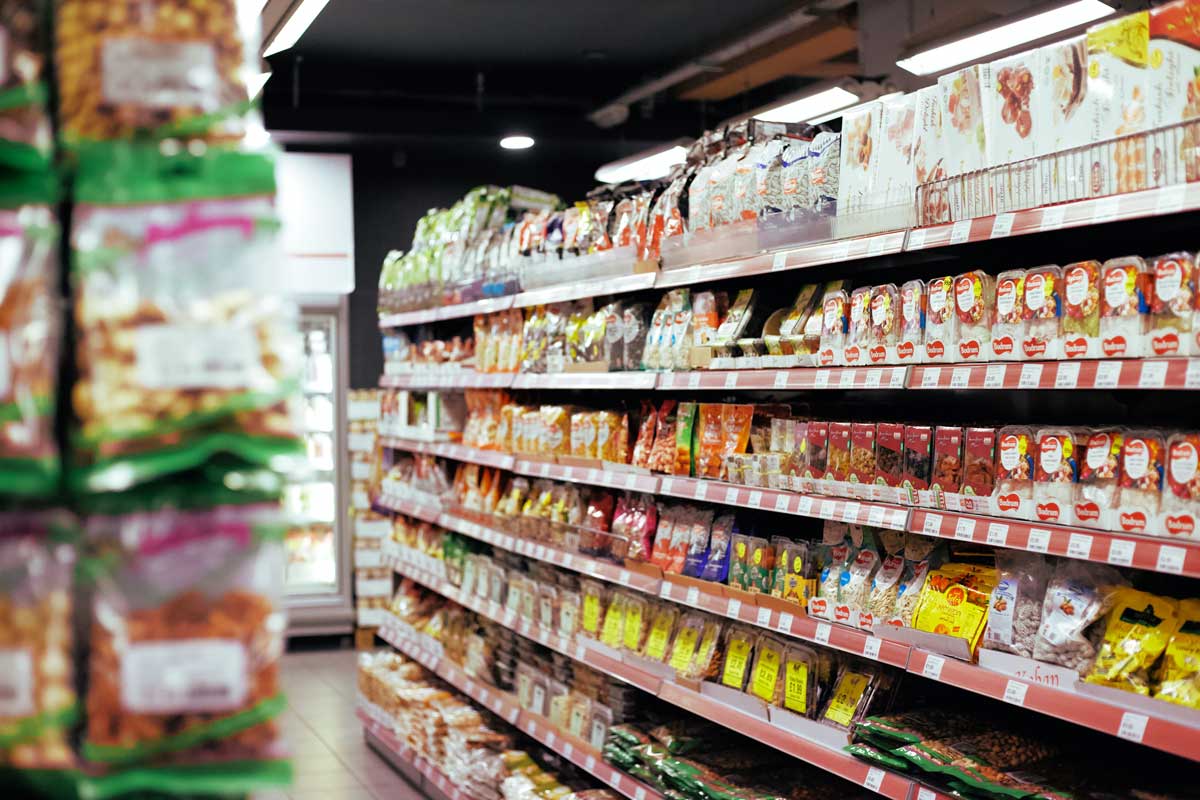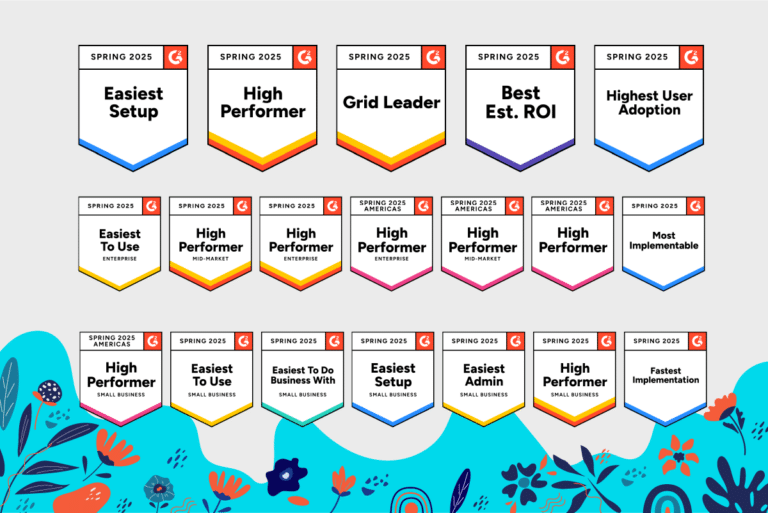New Product Launches
Launching new FCMG products into the market is no easy task – food trends are constantly shifting, R&D takes time and money, the marketing of FMCG items is more competitive than ever, and there are seemingly countless moving parts that are required to coordinate in order to get your new item picked up and executed in retail. This post is intended to help break down the steps that are often required of suppliers and distributors in order to get approved for sale and slotted into sets at grocery retailers. Expanding your business into new SKUs and new retailers can seem overwhelming at first, but is critical for the growth of the business, and to gain and retain market share for your category. We’ll walk you through keys steps in the process to help get you started!
Why new product launch strategies are so important.
It is important to put the time, thought, and work into your new product launch strategy for several reasons -– the most important of which is that launching a new product can be costly, and first impressions matter. By the time you’re ready to begin planning for retail, your team has pored over recipe development, R&D, production logistics, and packaging considerations. To see a sub-par launch after that amount of work would be disappointing both financially and politically inside your business. Let’s make sure you have all of your ducks in a row for launch so you can exceed sales expectations from the start.
How to launch your new product
Step 1: Retailer PIM Database Inclusion (Product Information Management)
Nearly all large retailers use a standard product data and image database that all suppliers are required to upload product information into before any product is considered to be added to a grocery set. These databases give retailers one place to pull the most up-to-date images and product data from for all of their suppliers. For example, the images that you upload may be used in retailer eCommerce programs, the product data that you provide will be used in the POS system and on shelf tags, and the ingredients that you input may show up on allergen signage in the store. Do your research up front, and make sure you understand which databases each retailer that you plan to sell into uses – this is an easy step to get ahead of; it can be difficult to get in touch with retail buyers, and you don’t want your first conversation with them to be a short one: Buyer: Have you uploaded your product to _______ database? Seller: No. Buyer: Do that, and come back to me. Here are several databases that you might come across:- IX-One – https://www.ix-one.net/
- Contentserv – https://www.contentserv.com/
- Vesta – https://vesta.us/
- Perfion – https://www.perfion.com/
- Magnitude Agility – https://www.agilitymultichannel.com/
- Jasper – https://www.jasperpim.com/
- Akeneo – https://www.akeneo.com/
- Censhare – https://www.censhare.com/
- Inriver – https://www.inriver.com/
- Salsify – https://www.salsify.com/
Step 2: Category Review Due Diligence
Once your items are submitted to the PIM, you’ll want to begin research on the category review process for the retailers that you are selling into. If you are launching a new product in addition to a line of products that the retailer already carries, you likely already have an understanding of the category review process. If this is a brand new product, or a new category for your brand, you have some due diligence to complete! Prior to meeting with the buyer, do your best to get an understanding of the current frequency and timing of category review for your items. It’s not uncommon for category reviews to happen just once per year! Make sure you’re ready for them when it’s your turn. Every retailer category review is a little different, use your resources to get an early understanding of what will be asked of you. Ask around with other suppliers and search online to gather as much information as possible about timing and paperwork needed.Step 3: Finalize Distribution Methods
Having your distribution methods ironed out will be an important step in being onboarded to retailers. Most distribution companies are highly competitive to get new products placed in, and you’ll want to have an early understanding of if your product will be approved to be “slotted in” to a distributor. If this is out of reach for your brand, you may want to consider DSD (Direct Store Delivery). While this method will require you to coordinate additional logistics, it may be a more realistic way to ensure the right products get to the right store at the right time.Step 4: Plan for Control Labels
Control Labels and Private Labels refer to when retailers purchase items from suppliers to be sold under a different brand name (often the retailers own brand). Control labels can often be beneficial for both parties – for the retailer, they get to expand their product offerings under their own brand, generally at a slightly lower price point than “brand name” items. The supplier will receive increased volume of sales, even though those sales may come and a lower margin to them. Prior to launching a new product, suppliers should consider whether or not they are willing to sell the item to retailers as a control label or not. This is especially common for fresh or culinary items that require less when it comes to packaging. If the supplier decides that this is a route that they would consider, they will also need to prepare for a level of flexibility with the recipe itself, as the retailer may request ingredient changes based on product costs, availability, or production requirements.Step 5: Create a Free-Fill Budget
Step 6: Conduct Comprehensive Promotional Planning
Outside of free-fill, a supplier or distributor should budget in promotional discounts for a full year when launching a new product. While the amount varies heavily by category and retailer, a general rule of them is to plan to offer a discount of about 25% for a full promotional period, four times per year. Promotional periods tend to last for either two weeks or four weeks depending on the retailer.
In order to get off-shelf placement, a supplier or distributor should plan additional budget to secure this at key retailers. While the cost of off-shelf placement will vary, a supplier or distributor will likely need to provide additional free-fill, promotional discounts, or pay a cash fee to the retailer to secure placement.
For more, read our article on promotional planning for retail here.
Step 7: Plan for Passive Samples and Active Demos
At the time of your product launch, or during the first promotional period for your product, retailers may suggest or require that you provide stores with product for passive samples, or ask you to coordinate active sampling or demo events to support the launch. This helps to remove barriers for shoppers who may be hesitant to break away from their normal purchases to try something new.
If suppliers or distributors are providing product for passive samples to retailers or are coordinating active demos, they should consider this as part of their overall budget for new product launches. To make the most of the investment into this, it is best to create tiers based on volume or geography to help determine the amount of sampling and demo support that you provide to each location. Higher volume stores may receive a higher level of investment than low volume stores. Or, if your product is positioned to sell better in urban markets, rural markets may receive less support.
Step 8: Develop Training Materials
No matter how strong your packaging and signage is, your product can’t speak for itself while it’s on the shelf. So, make sure the people who can are well equipped to do so. Creating easy-to-use training materials for retailers will go a long way towards driving sales for your brand. While it’s true that some retailers may not use branded training materials, they will likely take the training materials that you create to use as a foundation for resources that they create and distribute to their teams.
Here are some things to keep in mind when developing training materials:
- Be concise yet compelling
- Use visuals to help communicate your message
- Clearly state the benefits of your product
- Include statistics from market trends when possible to help tell the story of why this product matters now
- Provide easy-to-repeat talking points about the product that frontline team members will be comfortable communicated to customers
- Show an image of the product itself to make it easy for team members to connect what they see on the sell sheet to the shelf.
Step 9: Confirm Execution in Stores
Ok, you’ve made it to launch day! The hardest work is behind you, but now you need to make sure that all of your plans are being executed exactly as you envisioned them. It’s time to hit the streets, and see how your new product is showing up in stores. When you, your brokers, or your field team visits stores, here are some key things to check for:
In-Stock Conditions
Are all SKUs in-stock and on the shelf? If not, do they have backstock that you can help stock?
Price Tag Execution & Accuracy
Are all price tags present and accurate?
POS System Accuracy
When you run the product through the register, is the pricing and data accurate?
Shelf Positioning
Does positioning on the shelf match what the retailer agreed to?
Off-Shelf Execution
If agreed to for the current promotional period, is it executed as planned?
Signage Installation and Conditions
Is all signage installed and up to standard?




